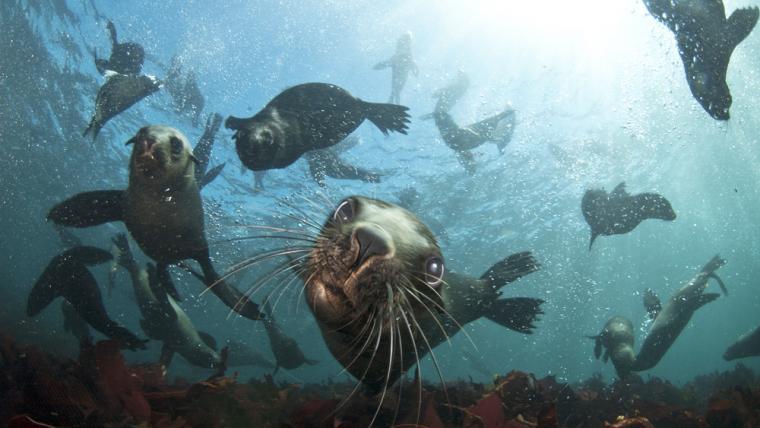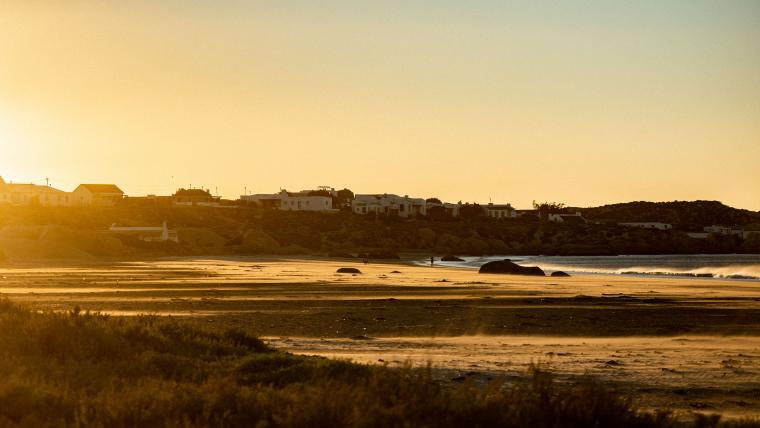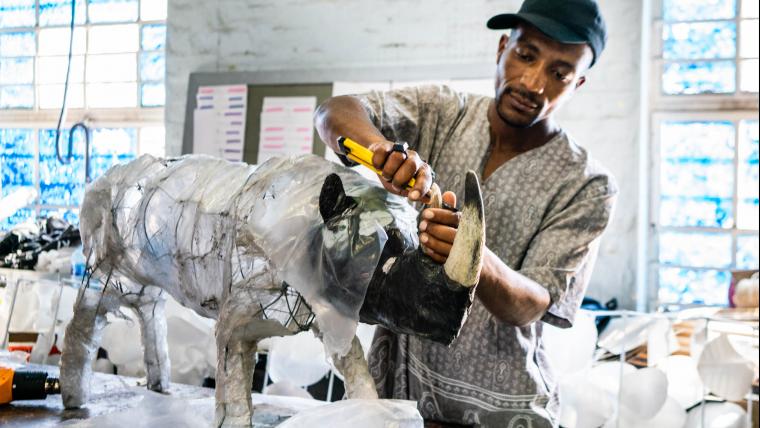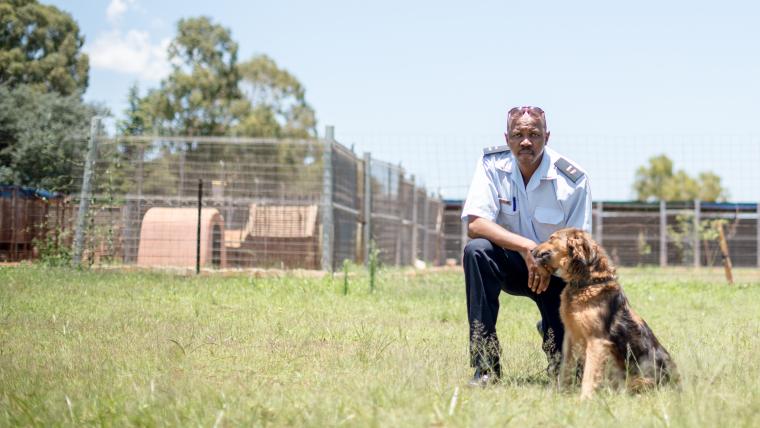
In a playground littered with danger, these pups are fighting to have fun
A flipper emerges from the silky surface. The creature darts, somersaults, and belly flops, sending droplets of water in every direction. With straggly whiskers and large, inquisitive eyes, it navigates through thick kelp forests searching for a lost anchovy or a new buddy. Known as the dogs of the sea, the Cape fur seal just wants to have fun. But with the open ocean as its playground, danger lurks everywhere.
Cape fur seals are endemic to the chilly waters of Africa’s southern coast. Living in large colonies, they are often sighted splashing in the shallows around the Cape of Good Hope or lazing on the shores of Namibia, all the way up to Angola. This stretch of ocean can be unforgiving, reaching temperatures below six degrees celsius.
To withstand these frigid conditions, Cape fur seals wear two thick, velvet coats. Equipped with tiny ear flaps and short hind flippers, these pooches cut through strong currents and swells effortlessly. A delectable meal for great white sharks and orcas, they are always on high alert, especially when sleeping. In the water, they rest parts of their brains at a time, keeping an eye out for any sign of peril.
But it’s seemingly innocuous debris that causes these pups the most harm. Being naturally curious animals, they loop through discarded nets and knotted balls of fishing line, which permanently entangle them. Taking hundreds of years to decompose, these malicious webs inflict often irrevocable damage, with seals suffering from tortuous wounds, amputation of limbs, suffocation, and eventually death.
If the Cape fur seal is to continue having fun, responsible fishing practices need to be implemented, and such harmful materials adequately disposed of. Whether picking up pollution on the beach or making sustainable choices, a single action has the power to create a ripple of change.
Footage by Steve Benjamin was used in the creation of this film.






























Please sign in to leave a comment